Scotland’s remote islands hold secrets that most travelers never discover. While tourists flock to the mainland’s famous castles and lochs, these scattered pieces of land offer experiences that feel like stepping into another world entirely. From ancient stone circles that predate Stonehenge to beaches that rival the Caribbean, these islands pack more wonder per square mile than anywhere else in Europe.
Getting to these places isn’t always easy – some require multiple ferry rides or tiny planes that make you question your life choices. But that’s exactly what makes them special. The effort weeds out the casual visitors and rewards the curious with landscapes and stories that haven’t been diluted by mass tourism.
Here is a list of 15 hidden gems scattered across Scotland’s most remote islands, each one offering something you won’t find anywhere else.
Callanish Stones
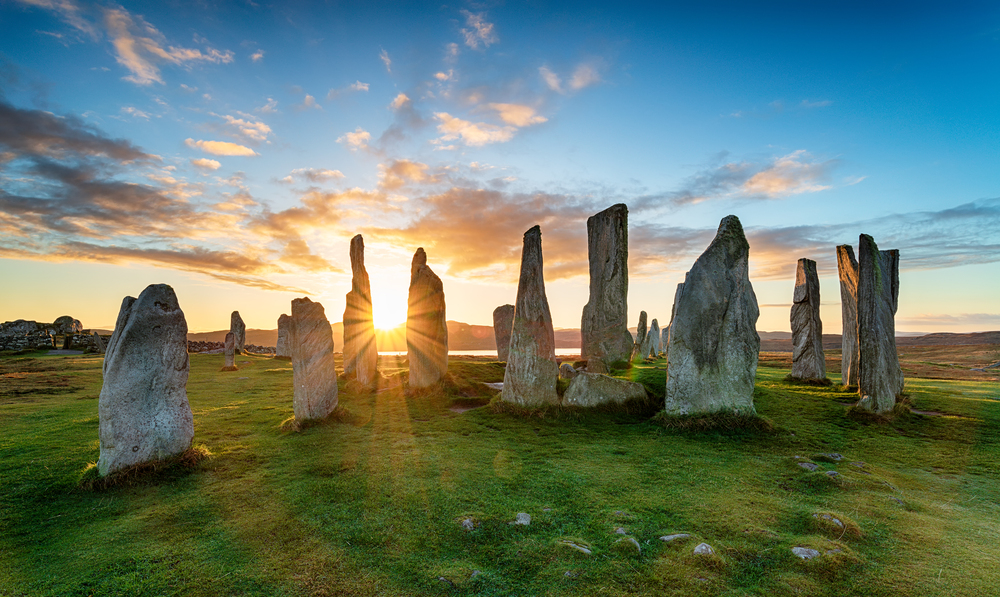
The Callanish Stones on the Isle of Lewis make Stonehenge look like a parking lot decoration. This 5,000-year-old stone circle sits on a hill overlooking Loch Roag, arranged in a cross pattern that aligns with the moon’s movements. The stones seem to glow in the low Scottish light, creating an atmosphere that’s both peaceful and slightly unsettling. Unlike its famous English cousin, you can actually walk among these ancient monoliths without fighting crowds or paying entrance fees.
Fingal’s Cave
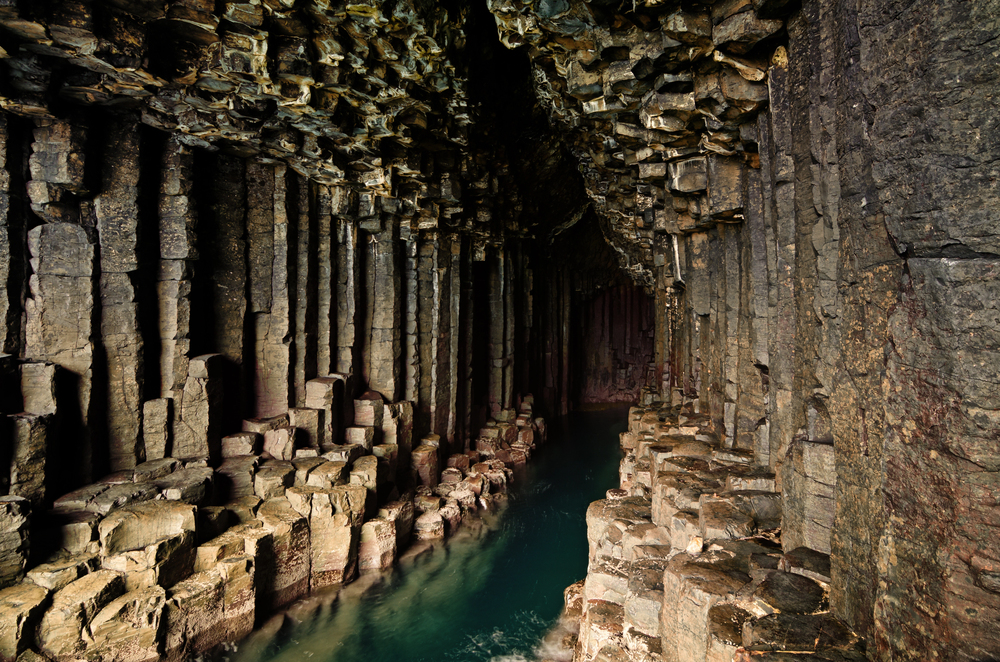
Basalt columns form a natural cathedral on the tiny island of Staffa, creating one of the most remarkable geological formations in the world. Fingal’s Cave inspired Mendelssohn’s famous overture and looks like something a giant architect might have designed after a particularly creative day. The hexagonal columns rise from the sea like organ pipes, and the cave’s acoustics turn every wave into a haunting melody. Getting there requires a boat trip from Mull, but the journey across choppy waters only adds to the sense of adventure.
Skara Brae
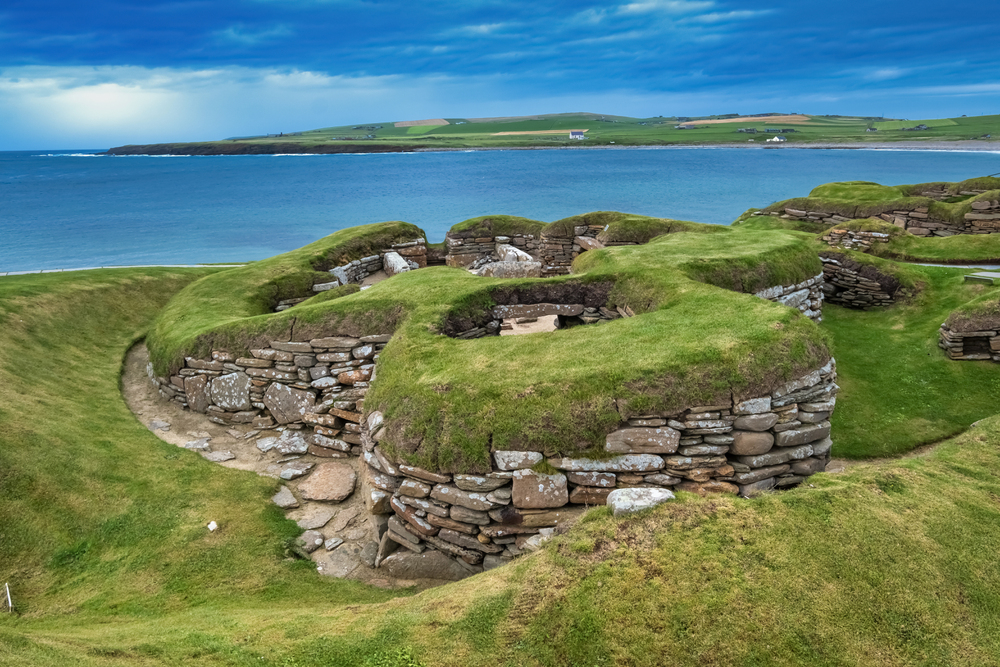
This 5,000-year-old village on Orkney gives you a glimpse into daily life before the pyramids were built. The stone houses are so well-preserved that you can still see the beds, dressers, and hearths where Neolithic families lived their lives. It’s like walking through a prehistoric suburb, complete with covered walkways between houses and sophisticated drainage systems. The site was buried under sand for thousands of years, which explains why it survived better than most ancient settlements.
Maeshowe Chambered Cairn
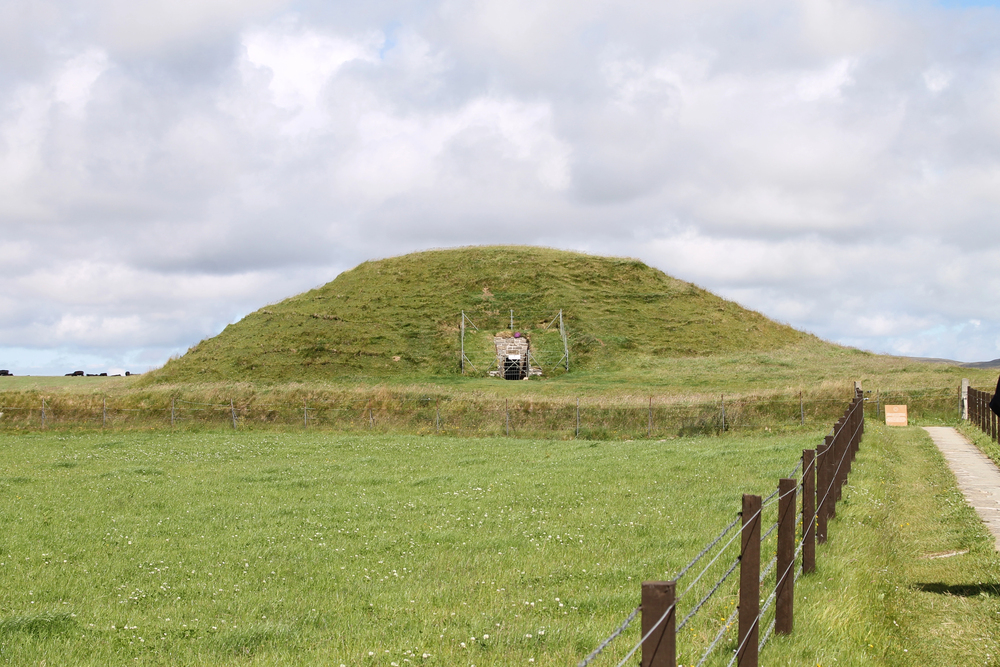
Vikings turned this 5,000-year-old burial chamber into the world’s oldest graffiti gallery. The Neolithic tomb on Orkney was already ancient when Norse raiders broke in during the 12th century and carved runes on the walls. Their messages include complaints about treasure hunts and boasts about their exploits, making them surprisingly relatable across the centuries. The tomb itself is an engineering marvel, with a passage that aligns perfectly with the winter solstice sunset.
Corryvreckan Whirlpool
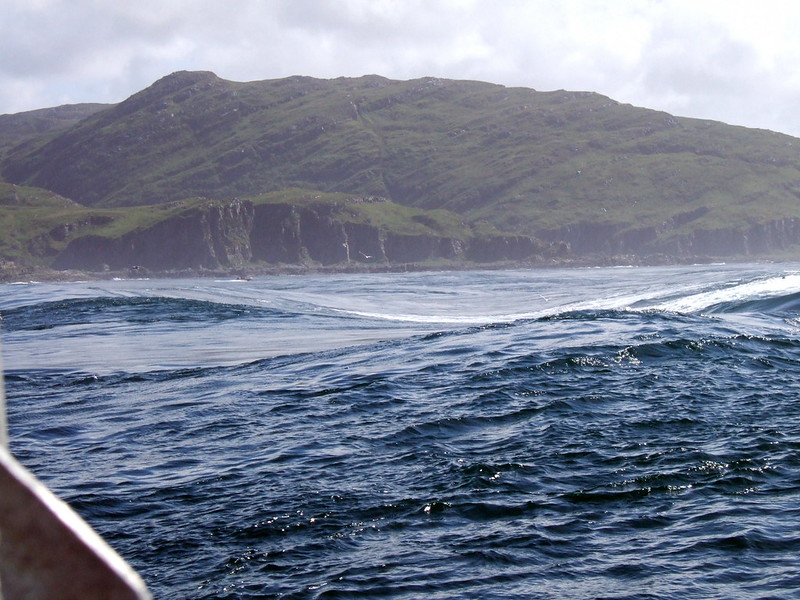
The third-largest whirlpool in the world churns between the islands of Jura and Scarba with a roar that can be heard from miles away. This natural washing machine is caused by tidal currents rushing over an underwater pinnacle, creating a vortex that can reach 30 feet in diameter. George Orwell nearly drowned here while researching his novel ‘1984’, which tells you something about both the whirlpool’s power and Orwell’s dedication to his craft. The best viewing spots are from the cliffs of Jura, where you can watch the sea turn into a giant blender.
Gearrannan Blackhouse Village
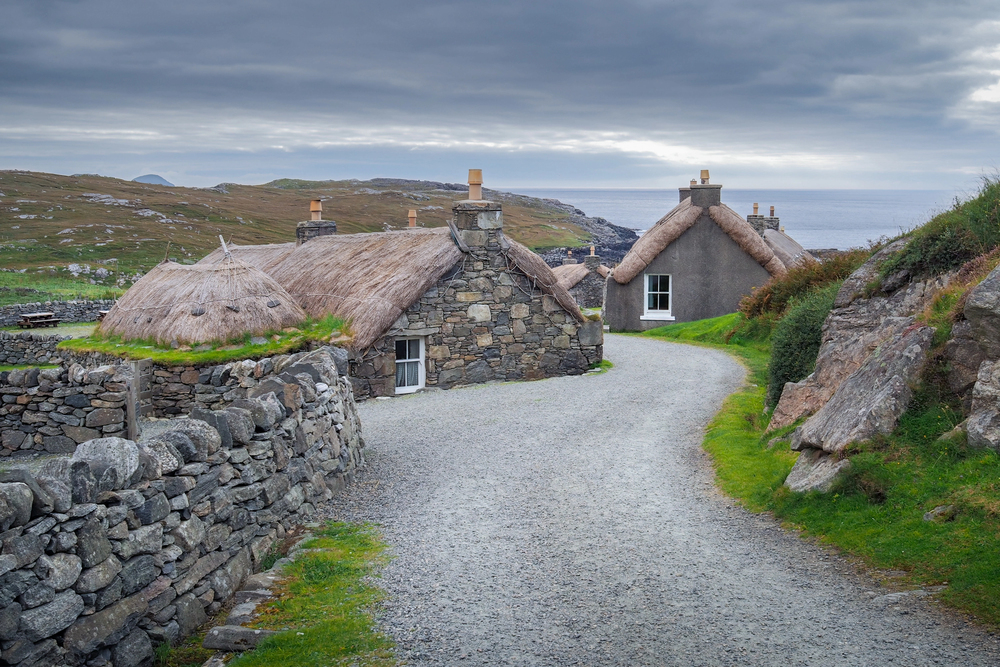
— Photo by petrkahanek
These restored stone cottages on the Isle of Lewis show how Hebridean families lived until surprisingly recently. The ‘blackhouses’ got their name from the soot-stained interiors, where humans and livestock shared the same roof for warmth. The thick stone walls and thatched roofs were designed to withstand Atlantic storms that would flatten modern buildings. Today, you can actually stay in some of these cottages, experiencing a lifestyle that remained unchanged for centuries.
Rackwick Bay
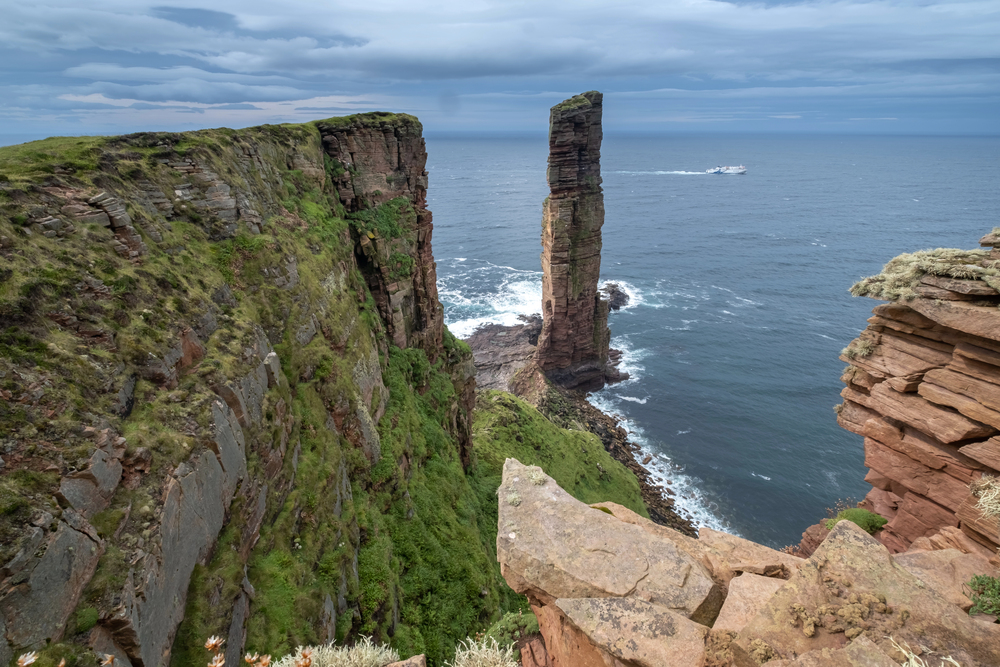
This remote valley on Hoy in the Orkney Islands feels like the edge of the world, with towering cliffs and a beach that’s often completely deserted. The Old Man of Hoy, a 450-foot sea stack, stands guard over the bay like a stone sentinel. The walk to Rackwick takes you through moorland that looks like Mars, past abandoned crofts that tell stories of harder times. The bay itself is a perfect crescent of sand and pebbles, backed by cliffs that turn golden in the evening light.
Kilchurn Castle
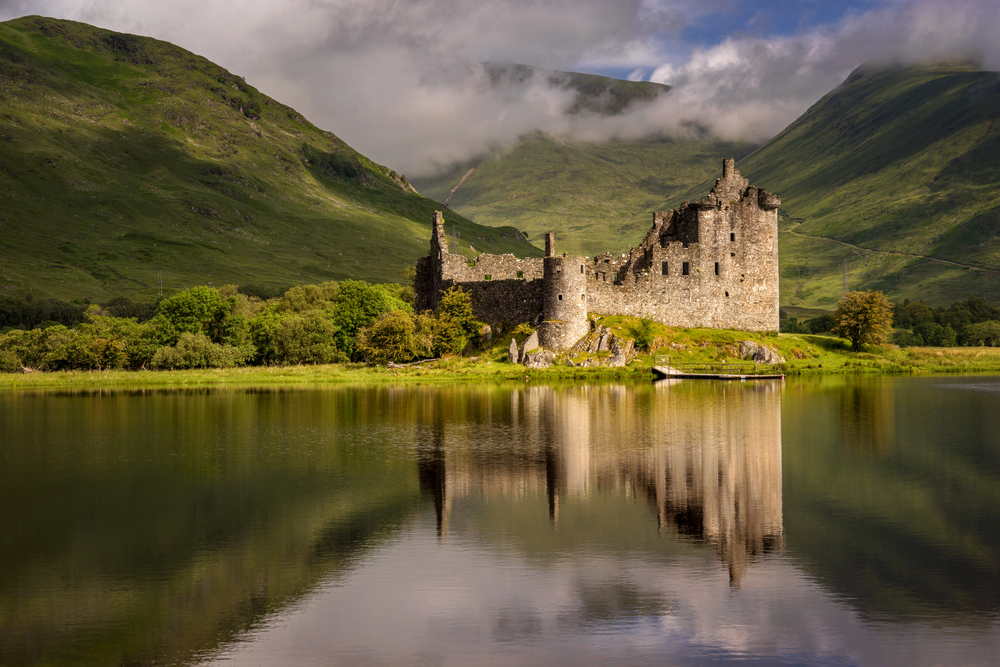
The ruins of this 15th-century castle on a small island in Loch Awe create one of Scotland’s most photographed scenes. The castle seems to float on the water, especially when morning mist shrouds the loch. It was built by the Campbells as both a fortress and a statement of power, controlling the strategic route through the Highlands. The setting is so perfect that it almost looks artificial, like a movie set designer’s idea of what a Scottish castle should look like.
Duncansby Stacks
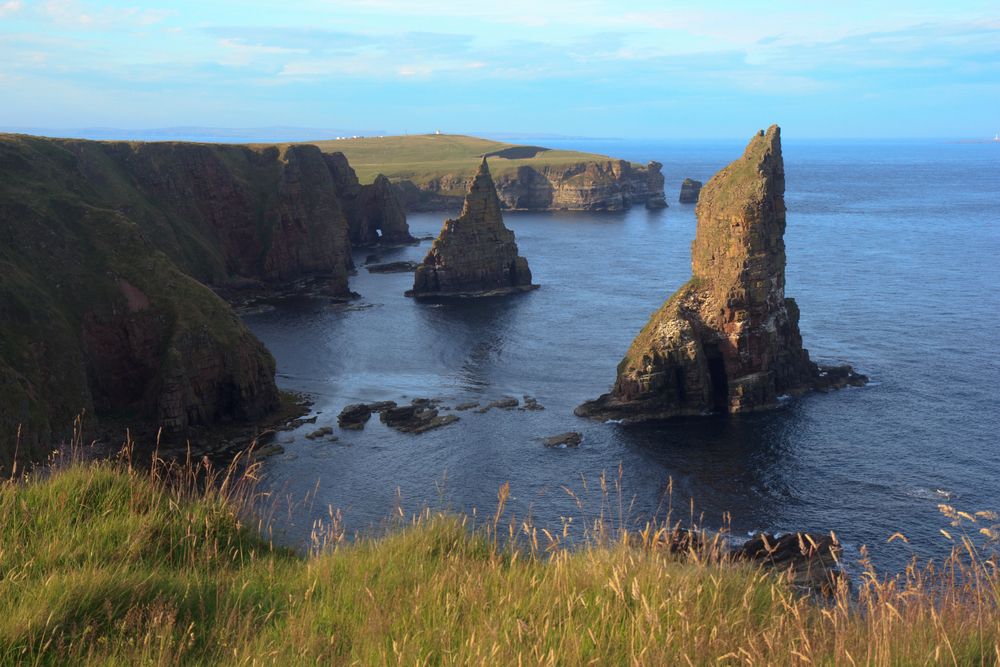
These dramatic sea stacks near John o’ Groats prove that the mainland’s northernmost point has more to offer than just a tourist trap. The sandstone pillars rise from the sea like ancient towers, carved by millions of years of wind and waves. Puffins nest on the stacks during summer, adding splashes of color to the golden stone. The clifftop walk offers views that stretch to the Orkney Islands on clear days, making it feel like you’re standing at the edge of the world.
Loch Katrine
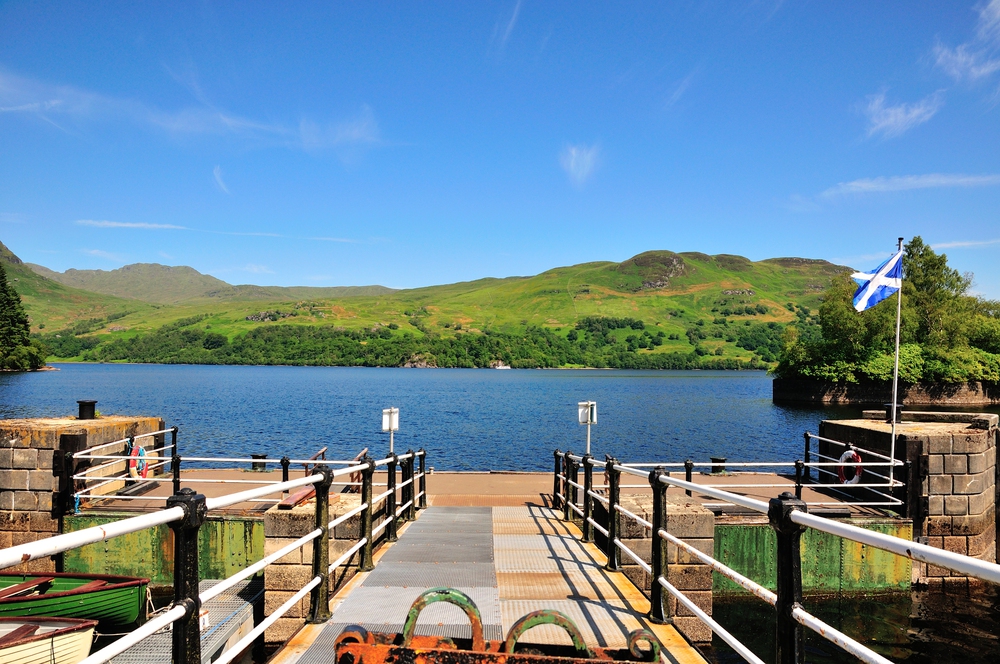
This freshwater loch in the heart of the Trossachs inspired Sir Walter Scott’s ‘The Lady of the Lake’ and still looks like something from a romantic novel. The loch stretches for 8 miles through hills covered in oak and birch, with water so clear you can see the bottom in many places. A Victorian steamship still carries passengers across the loch, maintaining a tradition that dates back to the 1800s. The surrounding area is Rob Roy country, where the famous outlaw once hid from his enemies.
Eilean Donan Castle
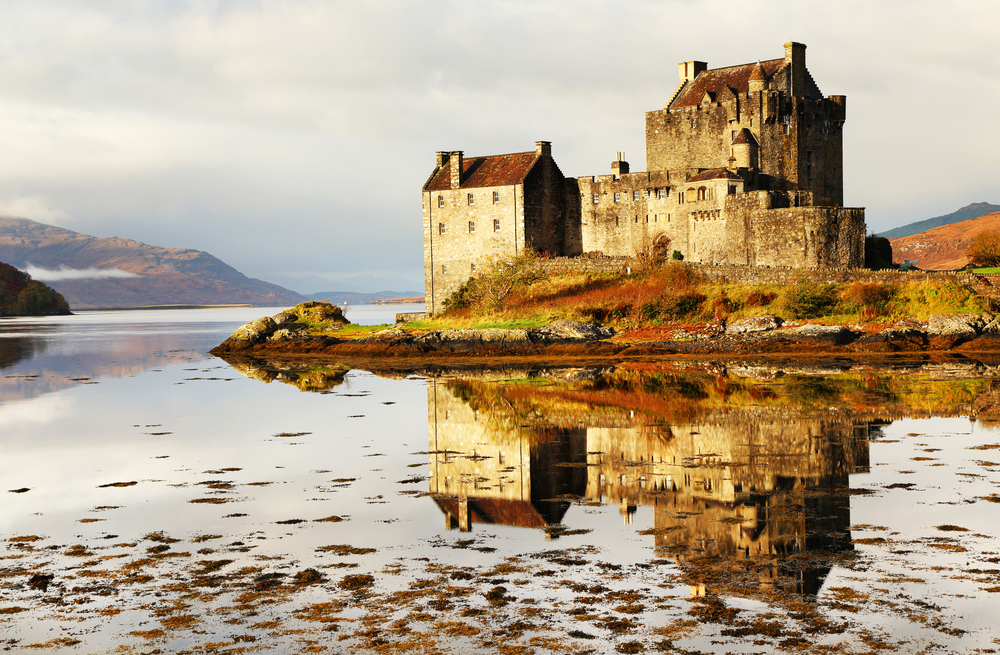
This castle on a small tidal island where three lochs meet has appeared in more films than most Hollywood actors. The current structure dates from the 20th century, but it’s built on the site of a 13th-century fortress that controlled the route to the Isle of Skye. The castle is connected to the mainland by a stone bridge that’s submerged at high tide, creating the illusion that it’s floating. The setting is so perfect that it’s become the default image people think of when they hear ‘Scottish castle.’
Canna Island
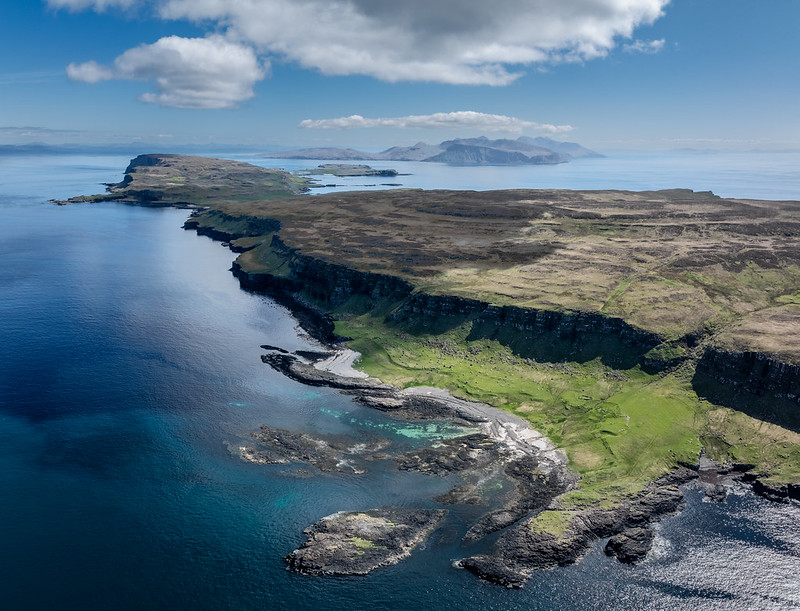
This small island in the Inner Hebrides is run by the National Trust for Scotland and feels like a nature reserve with a village attached. The island is only 5 miles long but packs in more wildlife per square mile than anywhere else in Scotland. Seabirds nest on the cliffs in numbers that block out the sun, while seals bask on the beaches below. The island’s 12 full-time residents maintain a way of life that’s disappeared from most of Scotland, making it feel like a living museum.
Loch Coruisk
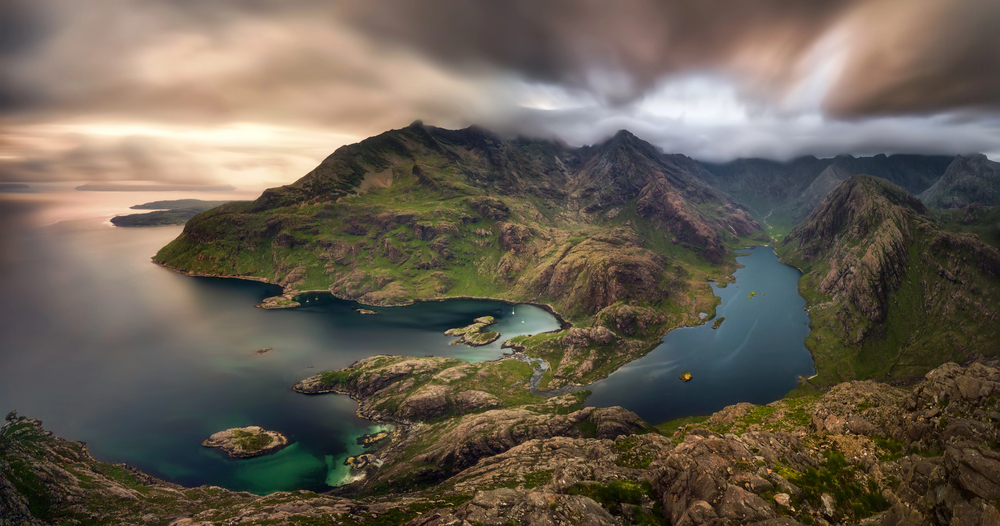
This remote loch on the Isle of Skye is surrounded by the jagged peaks of the Cuillin mountains, creating a landscape that’s both beautiful and slightly terrifying. The loch can only be reached by boat or a challenging hike across rough terrain, which explains why it remains relatively unknown. The water is so dark it looks like black glass, reflecting the surrounding peaks in perfect detail. Turner painted the loch in 1831, and his dramatic interpretation captures the wild beauty that still exists today.
Shetland Ponies
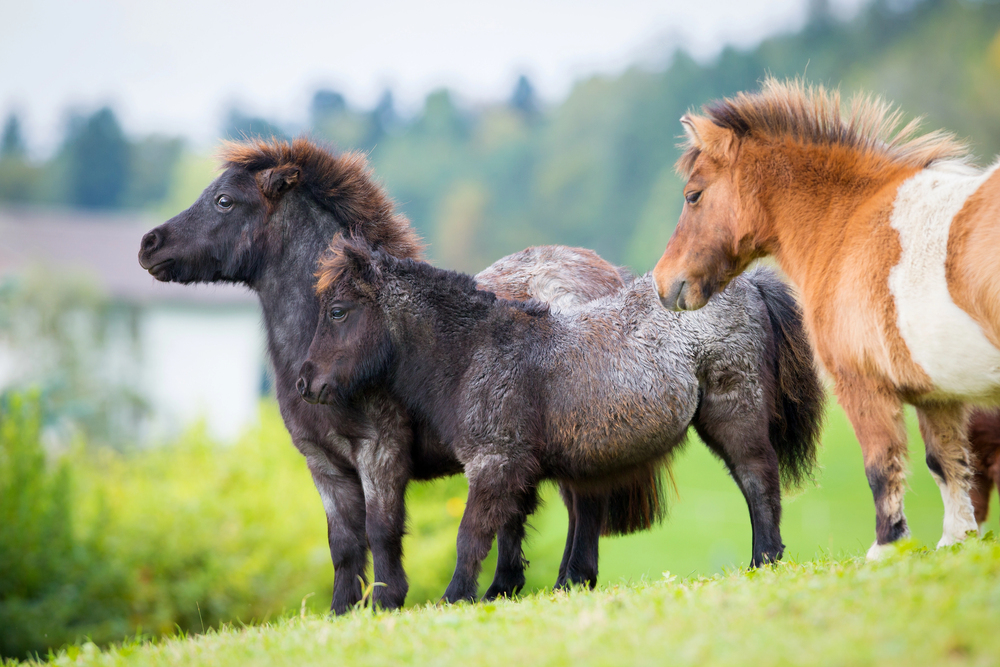
These small horses have been living on the Shetland Islands for over 2,000 years, developing into tough little creatures that can survive winters that would kill their larger cousins. The ponies roam free across the islands, grazing on grass that’s seasoned with salt spray and shaped by constant wind. They’re surprisingly friendly, often approaching visitors with the curiosity of animals that don’t see many strangers. The annual roundup, where the ponies are herded for health checks, is a spectacle that connects modern Shetland with its agricultural past.
Barra Airport
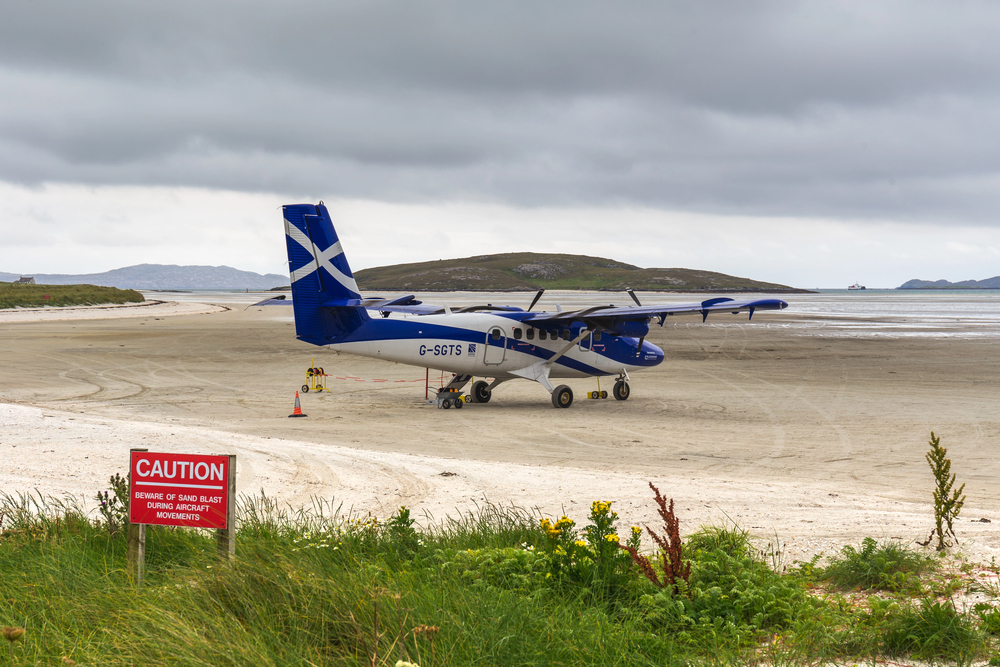
— Photo by fedevphoto
This is the only airport in the world where scheduled flights land on a beach, making it feel more like a stunt than a transportation hub. The three runways are marked by wooden posts and disappear completely at high tide, giving new meaning to the phrase ‘weather permitting.’ Passengers often find themselves sharing the ‘terminal’ with local dog walkers and beachcombers, creating a uniquely Scottish travel experience. The Twin Otter aircraft that serve the route are small enough that you can chat with the pilot during the flight.
Islands That Time Forgot
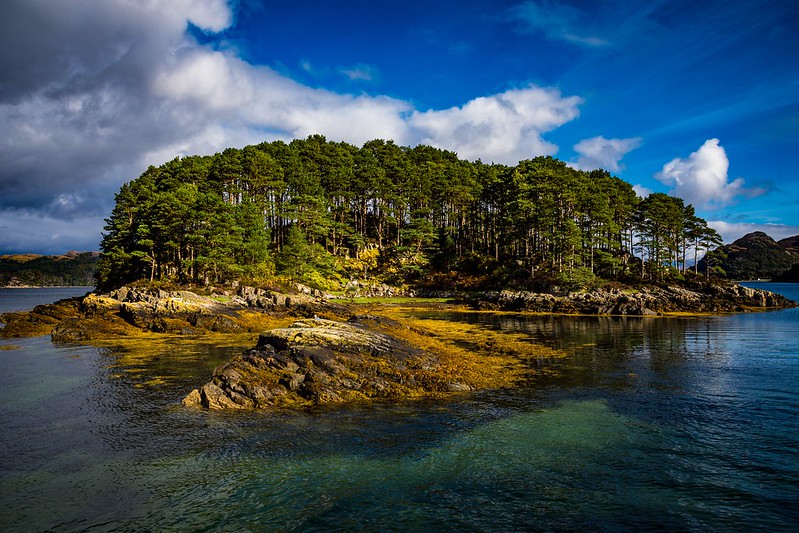
These hidden gems prove that Scotland’s remote islands offer experiences that can’t be found anywhere else in the world. While the mainland gets most of the attention, these scattered pieces of land preserve a way of life and a landscape that’s increasingly rare in our connected world. Each island has its own character, from the ancient mysteries of Orkney to the wild beauty of the Hebrides. The effort required to reach these places isn’t just about transportation – it’s about stepping away from the modern world and discovering what Scotland was like before tourism changed everything. Today’s visitors who make the journey join a tradition of travelers who’ve been drawn to these islands for thousands of years, each generation finding their own reasons to fall in love with these remote corners of Scotland.
More from Travel Pug

- 20 Best Beach Towns in the Carolinas
- 13 Destinations Where Tourists Regularly Regret Their Trip
- 20 Things You Actually Get in First Class
- 20 Small Airports With Aviation Museums
- 20 Places in the U.S. That Are Perfect for a Reset Trip
Like Travel Pug’s content? Follow us on MSN.
